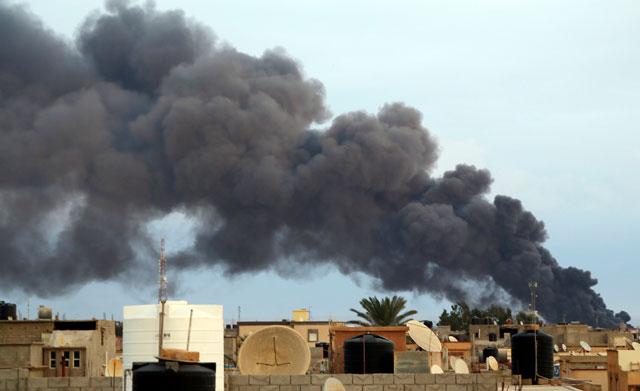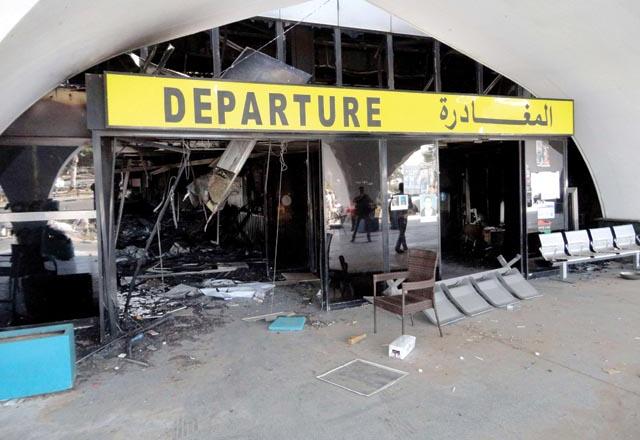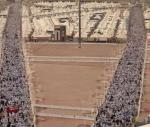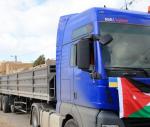You are here
Benghazi, where Libya’s uprising began, now a shattered city
By AP - Jul 02,2015 - Last updated at Jul 02,2015
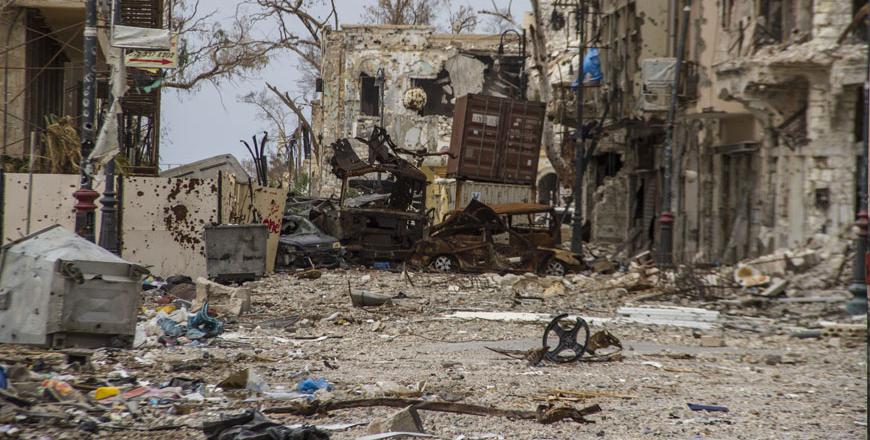
In this photo taken on March 24 damaged homes line in a street in Benghazi, Libya (AP photo)
BENGHAZI, Libya — The old courthouse in central Benghazi, Libya's second largest city and the birthplace of the uprising against Muammar Qadhafi, is a shelled-out ruin — a testimony to the destruction and chaos that permeate this North African country four years after the civil war that ousted the longtime dictator.
The building is steeped in symbolism. It was here that the rallying cry first came against Qadhafi's 42-year rule. It was here that pro-democracy protesters and rebels first raised the tri-coloured Libyan flag, replacing Qadhafi's green banner.
Now, the courthouse is ruin and rubble, like much of the rest of Benghazi.
Today, Libya is bitterly divided between an elected parliament and government that are cornered in the country's east, with little power on the ground, and an Islamist militia-backed government in the west. Hundreds of militias are aligned with either side or on their own, battling for power and turf.
The UN-backed talks between rival factions have not yet managed to strike a power-sharing deal. Meanwhile, Libya's Daesh affiliate is fighting on different fronts, losing ground in its eastern stronghold of Darna while expanding along the country's central northern coastline.
For Benghazi, the past year was the worst. Near-daily street fighting has pitted militias made up of a myriad of Al Qarda-linked militants, Daesh extremists and former anti-Qadhafi rebels against soldiers loyal to the internationally recognised government and their militia allies.
Once known for its mix of architectural styles left behind by Arab, Ottoman and Italian rule, this city — shaped like a crescent moon, hugging the Mediterranean Sea on one side and sheltered by the Green Mountain on the other — has lost the flair of times past.
Many landmarks have been destroyed, including much of the Old City, with its Moorish arches and Italian facades. The Benghazi University, its archives and department buildings have been hollowed-out, occupied in turn by militiamen who put snipers on rooftops and turned the campus into a warzone.
The last destruction — albeit not on this scale — that city elders remember was during World War II, when Benghazi was captured by the British. But the city was quickly rebuilt after the war, in part thanks to the country's new-found oil wealth.
Now charred and wrecked cars, piles of twisted metal and debris act as front-line demarcations between warring factions. In many neighbourhoods, Libyan soldiers have blown up entire buildings to clear snipers' nests or in search of underground tunnels used for smuggling weapons.
Schools have closed, few hospitals remain open, and wheat and fuel shortages force residents to line up for hours every day outside bakeries and gas stations. Many neighbourhoods have been emptied out by fleeing residents, only to be looted and torched by marauding militias.
More than a fifth of Benghazi's 630,000-strong population has been forced out of their homes. Those with money fled abroad. The rest sought refuge in other Libyan towns and cities, or crowded into Benghazi's makeshift camps and schools turned into shelters.
The overall number of displaced within Libya has almost doubled from an estimated 230,000 last September to more than 434,000 amid escalating fighting this year, according to the latest UN report.
Benghazi resident Hamid Al Idrissi says he and his family fled their war-torn Gawarsha neighbourhood under heavy shelling. His extended family had a total of 45 houses there, built on a vast swath of land owned by his late grandfather, he said.
"Houses were first looted, then burned down. We lost everything," Idrissi told The Associated Press as he and his relatives huddled inside a school turned into a shelter.
Civilians still in the city live against the backdrop of gunshots and ambulance sirens that fill the night. In May, more than 27 civilians were killed, including 12 members of one family who were preparing for a wedding party when a rocket hit their house. The groom and five children were among the dead.
The city's residents also fear abductions at the hands of militiamen from the Shura Council of Benghazi Revolutionaries, an umbrella group of hardline militias that includes Ansar Al Shariah, which the US blames for the September 2012 attack on the US Consulate in Benghazi that killed Ambassador Chris Stevens and three other Americans.
Benghazi's descent into all-out war started in May 2014, when Libyan renegade Gen. Khalifa Haftar, once Qadhafi's army chief who later joined the opposition, launched an offensive against the militias blamed for a series of assassinations of the city's army officers, policemen, judges and journalists. He soon formally joined ranks with Libya's elected government and since then, Haftar's forces have taken back parts of Benghazi.
The fighting has split many Benghazi families, with relatives, even brothers, often joining opposite camps.
Related Articles
BENGHAZI, Libya — Nine Libyan soldiers were killed in the eastern city of Benghazi on Tuesday by a suicide bomber and in ensuing clashes bet
When longtime dictator Muamamr Qadhafi's regime collapsed in a 2011 revolution, many Libyans looked to affluent and booming Dubai as an example of what the future could hold.
The Libyan parliament that was replaced in an election in June reconvened on Monday and chose an Islamist-backed deputy as prime minister, leaving the chaotic country with two rival leaders and assemblies each backed by armed factions.


